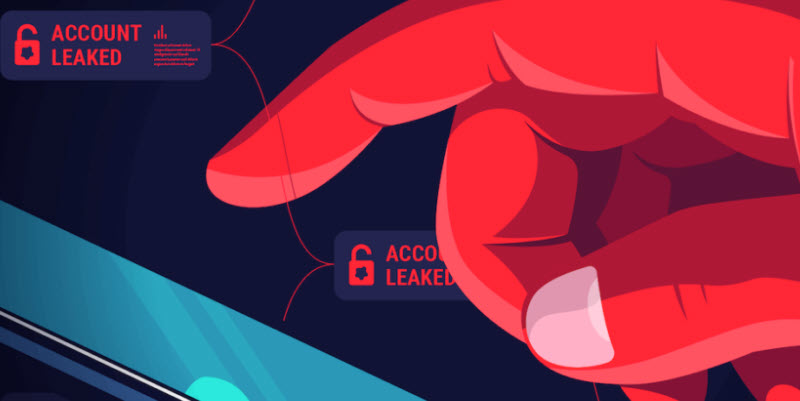
researchHQ Key Takeaways:
- Successful communication regarding data breach preparation can improve customer experiences and enhance an organisation’s reputation.
- Transparency, conciseness and empathy are crucial in crafting the right tone while communicating with customers.
- Organisations should implement clear communication and training protocols with employees to reduce the likelihood of data breaches.
Giving your customers good news can make it less likely you’ll have to give them bad news later.
Which sounds more like an email opener you’d like to write, this one:
“Dear customers, we’ve had a data breach, and your personal information was part of it.”
Or this one:
“Dear customers, another year with no data breaches! Here’s how we’re keeping your personal information private and secure.”
That’s what we thought.
The global COVID-19 pandemic didn’t cause data breaches. What it did was cause companies to realize how easily lackluster security protocols and slack remote work policies could lead to their proprietary and customer information being compromised. In fact, nearly a third of companies will be subject to a breach sometime in the coming two years.
The pandemic is also making people feel increasingly cut off from the world they once knew, so any communication received can have an exponential impact. And with privacy matters all over the 24/7 news feed, communication from your company that discusses the measures you’re taking to protect your customers is likely to be quite well received.
While you and your teams are hard at work locking down the perimeter, ensuring that remote workers are using proper security etiquette, and enabling everyone to access the resources they need when they need them — remember you’re not in a vacuum. Your customers would love to know of the steps you’re taking to ensure their private information stays private. And think of the boost to your company’s reputation when these customers tell their friends and family about the heart-felt email they just received from your CIO, telling them about the newest round of measures you deployed.
Before You Write, Plan Out Your Campaign
Any PR firm will tell you that it’s not just what you say but how you say it that matters. And any psychologist will tell you the same thing. They would also likely agree that when you have a lot of information to impart to your audience, they stand a better chance of internalizing more of it if you mete it out in easily digestible, bite-sized snippets.
Sit down with your security teams. Talk about what steps they’re taking, have taken in the recent past, and have on the books in the coming days/weeks/etc. See what metrics they’re using to monitor progress and what their workflow looks like. Take it all in. And take notes.
Then, back at your desk, parse what you just learned. Translate the technical jargon into plain language. Be sure you’ve got answers to all of the six W’s: Who, What, When, Where, Why, and How. Decide which pieces of information you gathered are appropriate for public consumption and which are better kept internal (there is such a thing as too much information, after all).
Now, work with your marketing and/or PR team to craft your communication campaign. Mix it up, with some information going out over each of the channels you know your customers are using blog posts, videos on YouTube, think-pieces for LinkedIn, sound-bites on Instagram Stories, and memorable one-liners for Twitter. Your customers are everywhere, consuming content via multiple channels throughout the day, and you don’t want to miss any of them.








